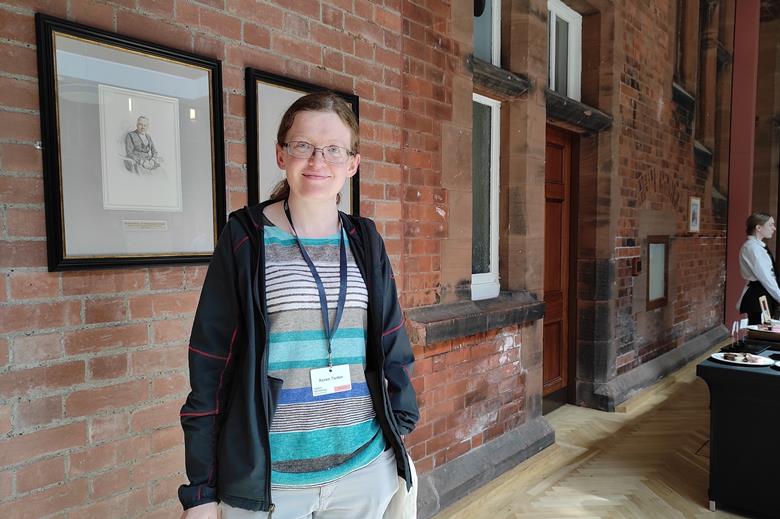Gene deletion toolkit makes pathogen easier to study

Scientists have created a toolkit to delete genes in Achromobacter, making the deadly bacterium tractable for research purposes.
Dr Keren Turton, a Research Fellow at the Wellcome-Wolfson Institute for Experimental Medicine at Queen’s University Belfast, outlined her team’s strategy to delete genes in the Gram-negative bacterium at the recent Letters in Applied Microbiology ECS Research Symposium at Riddel Hall in Belfast.
Achromobacter is an opportunistic pathogen of increasing prevalence, especially in people with immunodeficiencies, she explained.
Hard to treat
“It is particularly prevalent in people with cystic fibrosis but is poorly understood compared to other respiratory pathogens. The infection is hard to treat and hence it is important that tools are developed to make the bacterium tractable for research,” she said.
The team modified an existing strategy that had been developed for deleting genes in Burkholderia species to optimise the deletion of genes in Achromobacter.
“Briefly, that entailed altering a plasmid that acts as a suicide vector and integrates into the bacterial genome to disrupt particular genes,” Dr Turton said.
Multidrug resistant
“We had to use different antibiotics for selection steps because Achromobacter species are multidrug-resistant. A second step in mutagenesis results in excision of the vector, creating a clean deletion of the gene.
“With our toolkit, we were able to create double and triple mutants, and to complement an array of genes in Achromobacter. This included certain virulence factors so that we could better understand the interaction of the bacterium with macrophages. It also enabled the creation of antibiotic-sensitive mutants to facilitate further research into the intracellular lifestyle of the bacteria.”
Unexpected finding
Dr Turton said she was surprised to find that although Achromobacter species have many drug efflux pumps, they tend not to have that much overlap in function.
“Other pumps could not necessarily compensate in antibiotic efflux when a particular pump was deleted,” she pointed out.
“Although we have established some of the basic features of Achromobacter virulence, it is imperative that its full armamentarium of toxins be better characterised. The mutant library we are building is just the first step. We are currently exploring the roles of adhesins and Achromobacter LPS, as well as other virulence components.”
This project is directed by Professor Miguel A. Valvano at Queen’s University Belfast. Dr Keren Turton has optimised the mutagenesis toolkit, and she, along with doctoral students Lewis Macdonald and Hannah Parks, are interrogating the pathogenicity of Achromobacter clinical isolates. This work was supported in part by the US Cystic Fibrosis Foundation.
